April 15, 2025 | 02:24 GMT +7
April 15, 2025 | 02:24 GMT +7
Hotline: 0913.378.918
April 15, 2025 | 02:24 GMT +7
Hotline: 0913.378.918
At the seminar held on November 17, Deputy Head of the Central Economic Commission Nguyen Duy Hung emphasized that national digital transformation was one of the eight priority areas in Việt Nam.
Accordingly, the development of high-tech agriculture and smart agriculture must be based on a big database on land, environment, cultivation, husbandry, aquaculture, weather, automation, e-commerce, planning and forecasting management and market warning.
Over the past time, many agencies, units, cooperatives, farms and households have strongly applied information technology in business management, production, analyzing data relating to land, soil, natural conditions and weather. The IT applications are also used in traceability, market demand study, genome analysis, tissue culture, livestock breed management or fish detection with ultrasonic waves.
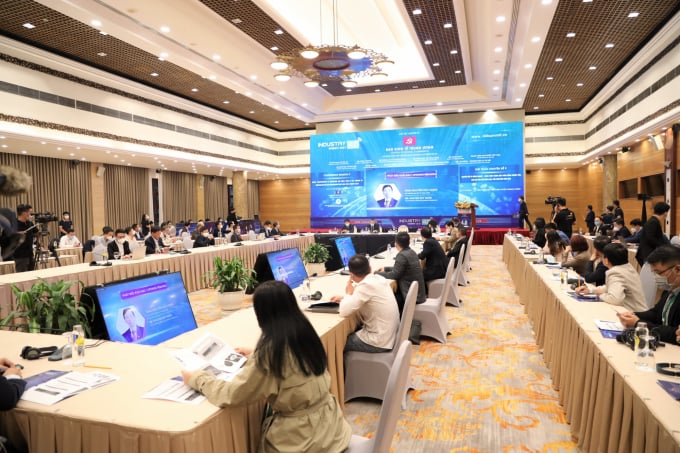
Central Economic Commission on Wednesday organised a seminar "Digital transformation in agriculture and rural areas in the process of industrialization and modernization to 2030, with a vision to 2045". Photo: Minh Phuc.
“Digital transformation helps farmers, farms and businesses improve productivity, quality, optimize production activities, reduce costs, increase profits, and participate more deeply in the value chain,” he said, adding that digital transformation was an effective solution to overcome weaknesses such as fragmented, small-scale production and lack of links.
However, digital transformation in agriculture and rural areas in Việt Nam was not synchronized, and the basic elements of digital agriculture and digital countryside have not yet been formed, he said.
Deputy Minister of Agriculture and Rural Development Phung Duc Tien said that recent successes of agriculture were made with a system of solutions to develop science and technology, take advantage of the achievements of the industrial revolution 4.0 and digital transformation in agriculture”.
Such solutions contributed to improving productivity and efficiency, creating breakthroughs in the rapid and sustainable development of the agricultural sector, he said.
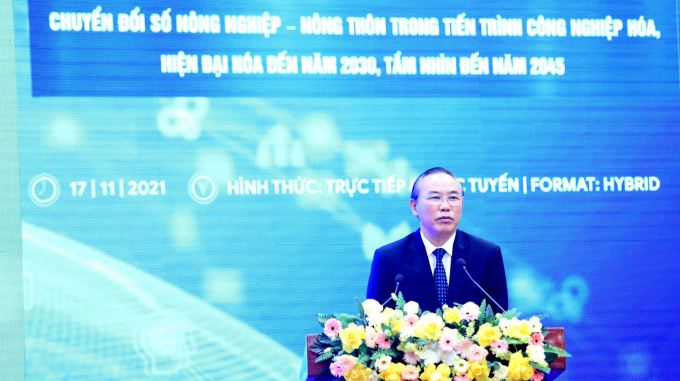
Deputy Minister of Agriculture and Rural Development Phung Duc Tien addresses at the seminar. Photo: Minh Phuc.
Programs and software for farm management or precision agriculture are applied to optimize the use of resources such as water or fertilizer to gradually transition from traditional agriculture to modern agriculture.
Programmes that analyze data about the environment, the growth stage of the plant, allowing access and monitoring of these parameters in real-time are used in crop production.
In husbandry, applications of Internet of Things (IoT) technology, blockchain, biotechnology in large-scale farms are used. Some large enterprises such as VinEco, Hoang Anh Gia Lai, Nafoods, Dabaco are applying hi-tech and information technology in the production, distribution and consumption of products.
“It is estimated that by the end of 2021, the whole country will have 19,000 agricultural cooperatives and 79 unions of agricultural cooperatives, of that over 2,200 cooperatives accounting for 12 per cent of total cooperatives number will apply hi-tech and digital technology in their production,” Tien said.
"The entire agriculture industry focuses on promoting digital transformation, considering it as a breakthrough solution to create a new driving force for growth and development, building a transparent, data-driven agriculture and a responsible agriculture,” Tien said.
As promoting the application of digital technology and high-tech agricultural production, the export value of Lam Dong province increased from USD3.4 million in 2005 to US$212 million in 2010. By 2020, the export value of agricultural products of Lam Dong has reached US$320 million.
According to Nguyen Duc Truong, General Director of Dai Thanh Joint Stock Company, currently, thanks to the application of drones and centrifugal spray technology, many farmers in the southwestern region save 50 per cent of pesticides and 90 per cent of water.
In the past, people had to spray 200-200 litres of water, but only 10 litres of water was required now to spray 1ha with drones, he said.
Azizz Elbehri, a senior expert from the Food and Agriculture Organisation of the United Nations (FAO), said that based on the initiative of 1,000 smart digital villages, they had been actively implementing it Asia – Pacific region, through which the Government and stakeholders built a digital technology ecosystem to create smart villages, including soft infrastructure, internet access infrastructure, raise the level of information technology, digital technology and stimulate demand for digital services to serve the daily life and production of rural people.
“This model has been expanded to 12 countries,” he said.
In Vietnam, FAO coordinated with the Institute of Policy and Strategy for Agriculture and Rural Development to closely follow the national digital transformation strategy to associate with the smart digital village project, bringing digital products and services to serve the community. rural communities in some districts, he said, adding that they would assess the readiness of infrastructure, as well as connecting supply and demand and creating a tectonic environment for the digitalization of agricultural and rural development.
Nadav Eshcar, Israeli Ambassador to Vietnam said that in the past, Israel had nothing but sand, dry heat, poor water, energy and chemical resources.
“We are forced to find ways to survive, produce food to feed the people,” he said.

Nadav Eshcar, Israeli Ambassador to Vietnam. Photo: Minh Phuc.
“To do that, from the 1950s, we started the journey to turn the desert into green fields, to find how to put water and nutrients directly into the roots of plants,” he said.
To date, the Israeli invention of drip irrigation technology has gained worldwide fame - developing high-quality agriculture under impossible conditions. It is not a coincidence that this is a long process of research and application into production, he said.
In the livestock breeding industry, Israel already owns the technology to identify sex in egg embryos, thereby proactively selecting output products (roosters or hens).
The Ambassador shared that Israel created an ecosystem of "relationship triangles" with 3 peaks – State, academia, science and technology enterprises and beneficiaries (farmers, farms. etc ).
“From the inadequacies that farmers encounter in agricultural production, the state will order and provide finance for units to research solutions. Research products will be transferred to businesses and businesses to provide farmers. On the contrary, based on business profits, businesses will pay taxes to the state. It's a cycle where all parties benefit,” he said.
Translated by Hien Anh
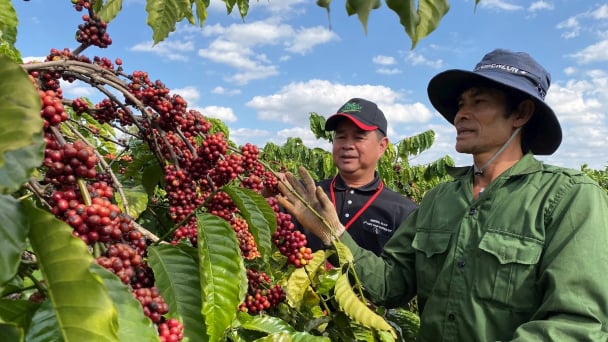
(VAN) Businesses emphasize fairness and equality when integrating social factors into their sustainable development strategies.
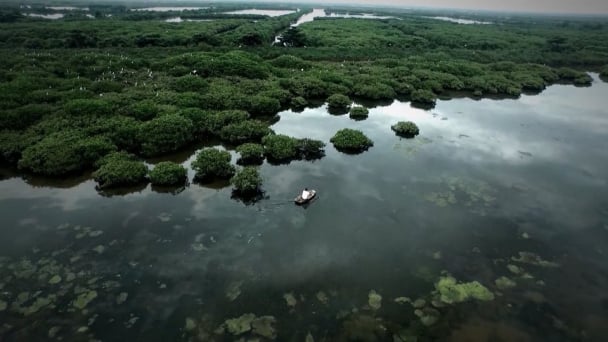
(VAN) French organizations and enterprises propose that Thai Binh province provide potential and long-term cooperation contents related to climate change response and green industrial development.
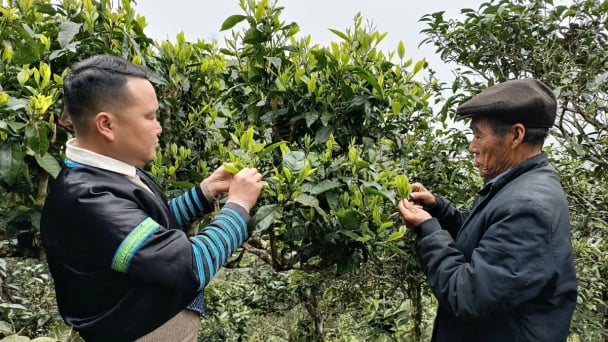
(VAN) Shan Tuyet tea is considered a 'heavenly treasure'. The H'mong people allow the tea to grow naturally, adhering to organic production principles, with the aim of exporting the product.
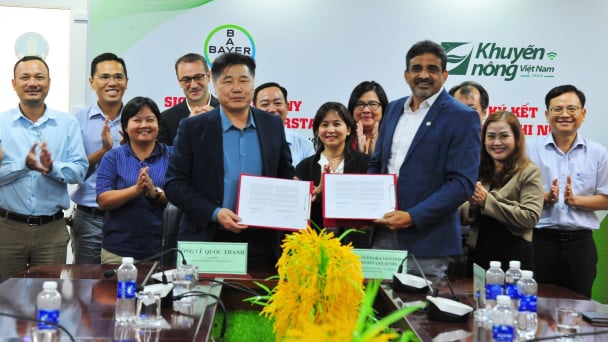
(VAN) Bayer Vietnam and the National Agricultural Extension Center have signed a partnership agreement to expand the development of effective and safe farming models for rice, durian, and coffee.
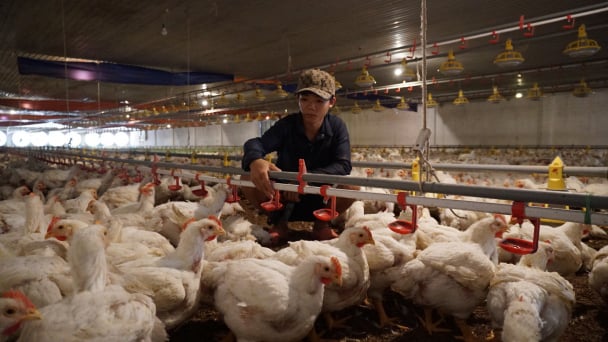
(VAN) Tay Ninh province possesses all the favorable conditions, from natural advantages to geographic location and social harmony, to drive economic development, particularly in attracting investment and advancing modern livestock farming.
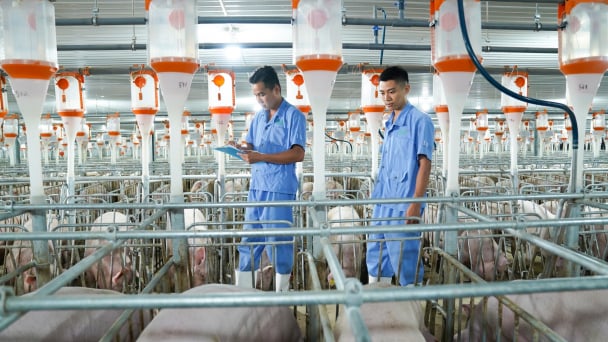
(VAN) Notably, every link in BAF's entire closed livestock value chain Feed - Farm - Food has received international certification.
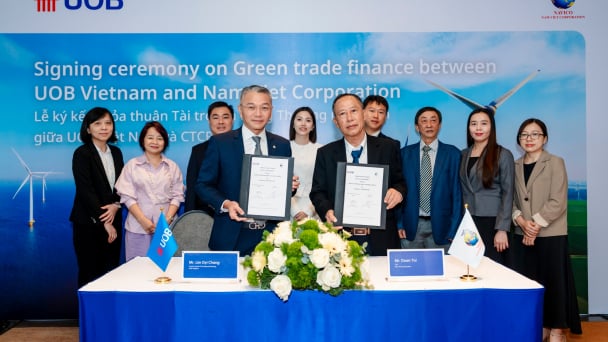
(VAN) UOB Vietnam has recently signed a green credit agreement with NAVICO to develop sustainable aquaculture that meets international standards.